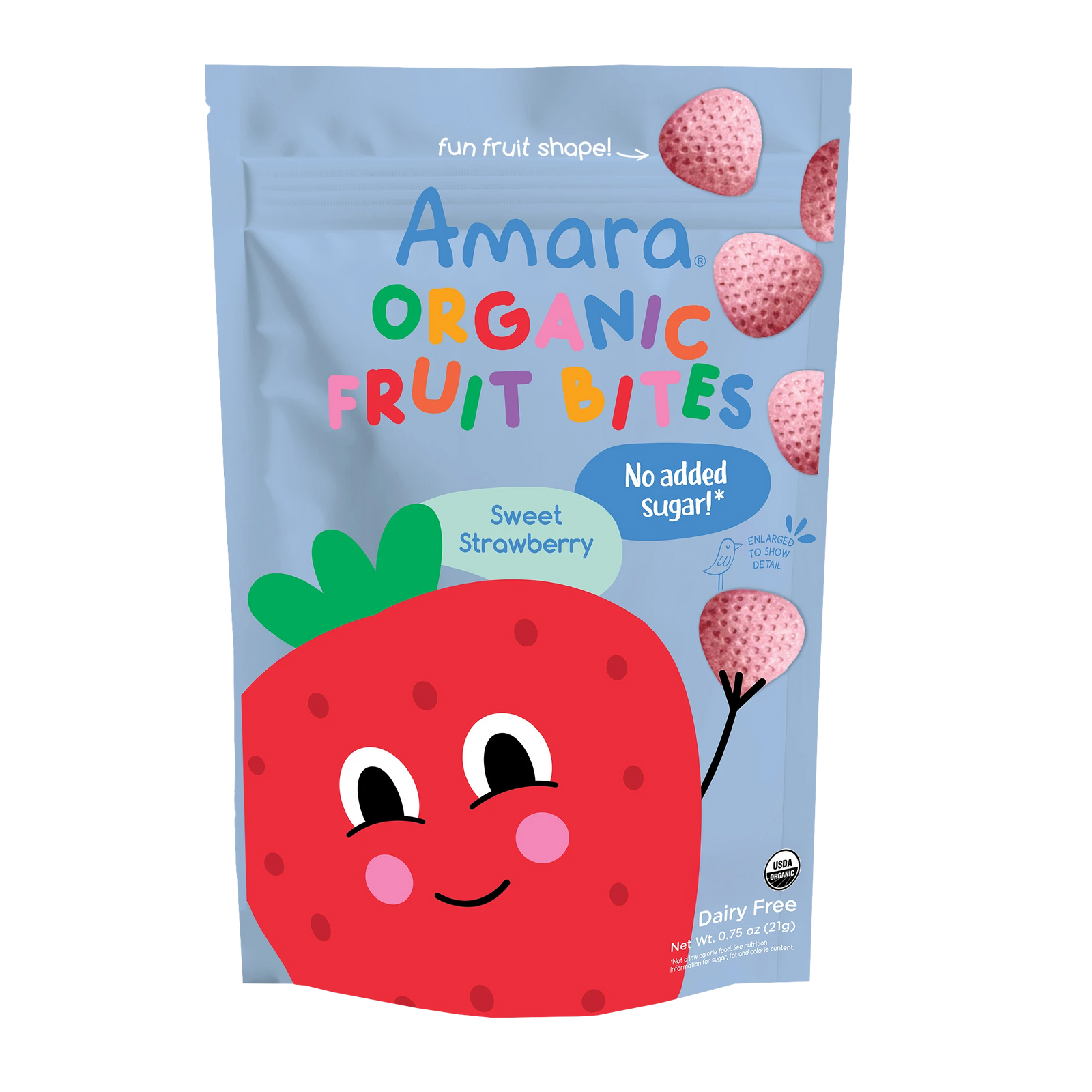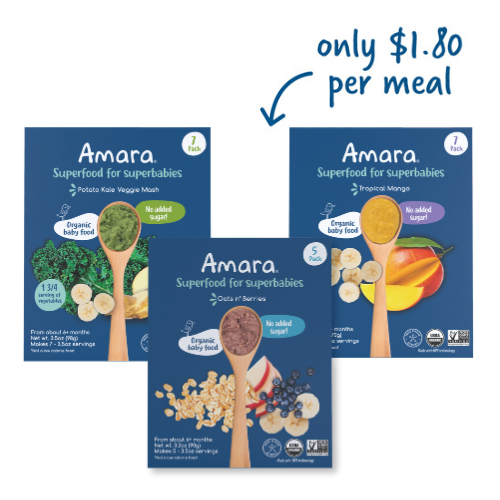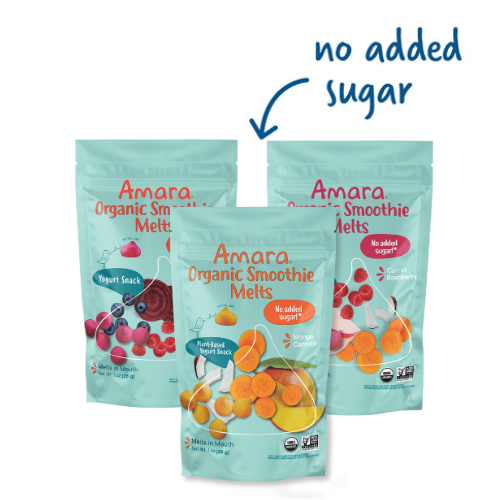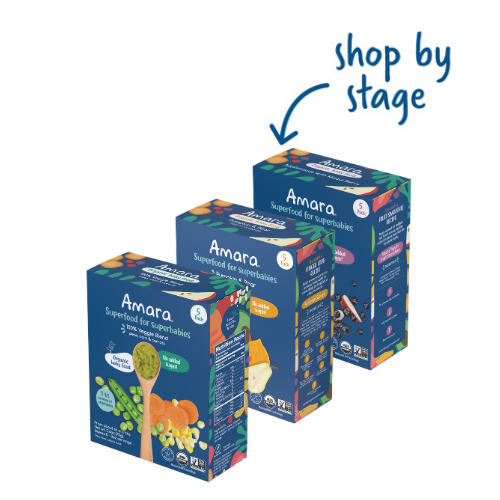The Truth About Artificial Dyes in Kids' Snacks, Candy, and Cereals
Bright blues, dazzling reds, and sunshine yellows—these eye-catching colors are everywhere in kids' snacks, candy, and cereals. But what gives these foods their vibrant hues? More often than not, the answer is artificial dyes. While they might make foods visually appealing, artificial dyes are increasingly under scrutiny for their potential health effects, especially on children. Let’s take a closer look at these dyes, their prevalence, and why parents might want to reconsider their presence in kids' diets.
What Are Artificial Dyes?
Artificial food dyes are synthetic chemicals created to enhance the color of food products. They’re made from petroleum, a crude oil byproduct, and have been used in food manufacturing for decades. Some of the most common artificial dyes include:
-
Red 40
-
Yellow 5
-
Blue 1
These dyes are popular in processed foods because they’re cheap, stable, and capable of producing vivid, consistent colors that are hard to achieve with natural ingredients.

Where Are Artificial Dyes Found?
Artificial dyes can be found in:
-
Snacks: From fruit-flavored gummies to colorful crackers.
-
Candy: Think lollipops, hard candies, and chocolate-coated treats.
-
Cereals: Many breakfast cereals use dyes to create those rainbow-colored loops and flakes.
-
Drinks: Sugary sodas, sports drinks, and even some juices.
They’re also hiding in unexpected places, like yogurt, salad dressings, and even some pickles.
The Potential Health Implications of Artificial Dyes
While artificial dyes are approved for use by regulatory bodies like the FDA, mounting research raises concerns about their safety—particularly for children. Here are some of the potential health implications:
-
Hyperactivity and Behavioral Issues
Studies have linked artificial dyes to increased hyperactivity in children, particularly those with ADHD. Some countries, like the UK, have taken steps to label or ban foods containing these dyes. -
Allergic Reactions
Some children are sensitive to artificial dyes and may experience hives, itching, or swelling after consumption. -
Long-Term Health Risks
Although research is ongoing, some studies suggest that artificial dyes could be linked to cellular damage and increased cancer risks over time. -
Nutritional Deception
Bright colors can give the impression that foods are healthier or more fruit-based than they actually are, potentially leading to overconsumption of processed, sugary snacks.

The New FDA Ban on Red Dye No. 3
In a significant step forward, the FDA recently banned Red Dye No. 3, one of the most widely used artificial dyes in candies, snacks, and baked goods. This move comes after years of mounting evidence linking Red Dye No. 3 to potential health risks, including behavioral concerns and even cancer in animal studies.
The ban highlights the growing awareness of the potential dangers of synthetic food dyes and marks a turning point for food manufacturers and families alike. As parents, this FDA decision underscores the importance of being vigilant about the ingredients in your child’s food and choosing products that prioritize safety and transparency.
A Better Way: Amara’s Commitment to Clean, Vibrant Colors
At Amara, we believe parents shouldn’t have to choose between vibrant, fun foods and their children’s health. That’s why we never use artificial dyes in our products. Instead, we harness the power of nature to create colors that are not only beautiful but also nutritious.
Our secret? Whole food ingredients likespirulina andpurple carrot. Spirulina provides a stunning green-blue hue, while purple carrots add a rich, natural purple. These plant-based ingredients are packed with nutrients and come without the risks associated with artificial dyes.
By using real, organic ingredients, we’re proving that it’s possible to create snacks kids love without compromising on health. Whether it’s the soft pastels in our Smoothie Melts or the rich, playful tones in our Fruit Bites, every color tells a story of care and commitment to quality.

The Bottom Line
Artificial dyes might make foods look fun, but their potential health implications are no laughing matter. Parents are increasingly looking for better options, and brands like Amara are leading the way by showing that natural ingredients can be just as vibrant and exciting. Next time you reach for a snack, check the label and choose products that reflect your commitment to your family’s health.
With Amara, you can feel good knowing that every bite is as clean, colorful, and nutritious as nature intended. Shop our full line of organic smoothie melts, fruit bites and baby food with no artificial colors-ever.







Leave A Comment